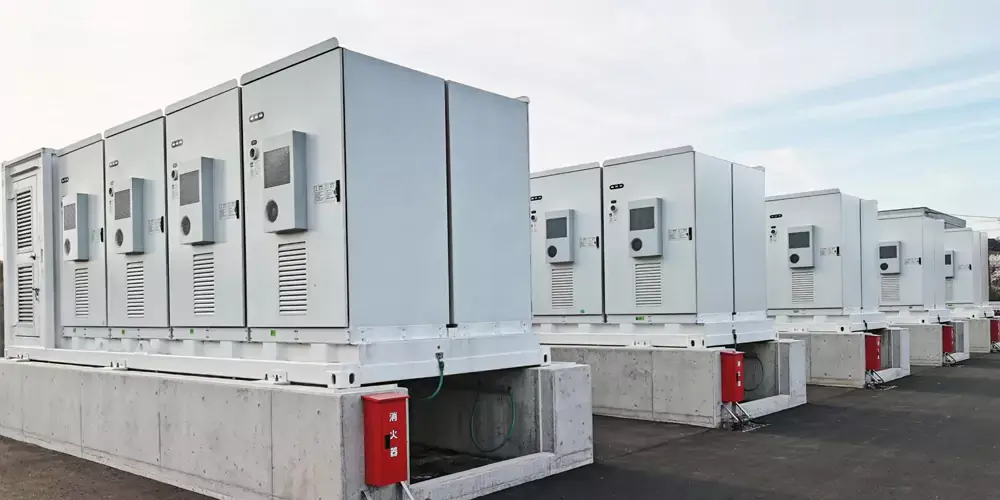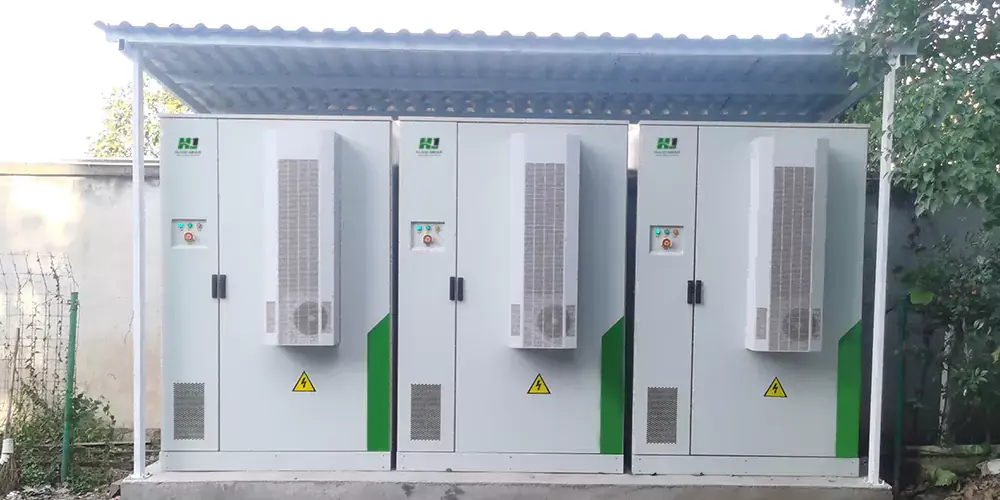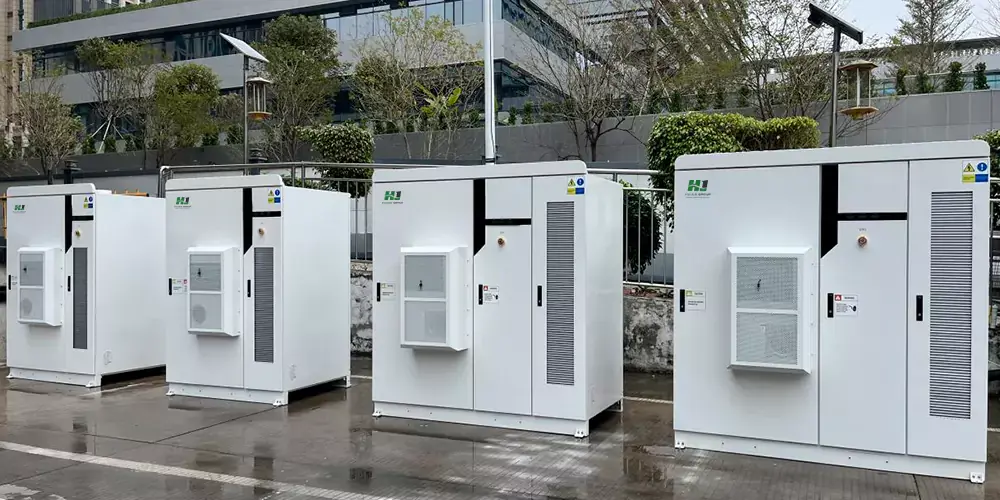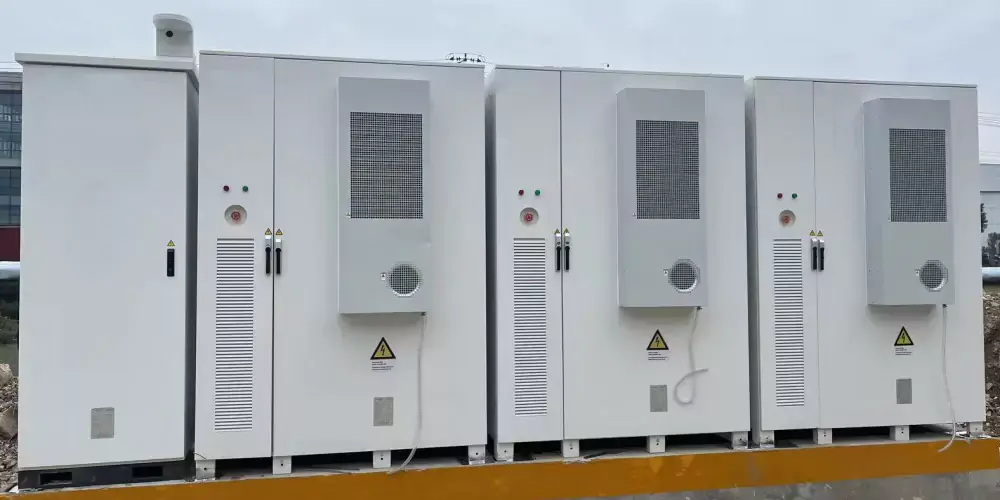How Containerized Energy Storage Systems Enhance Grid Stability and Efficiency
Containerized energy storage systems (CESS) are transforming the way we manage and utilize energy. By offering a scalable, efficient, and cost-effective solution for storing energy, CESS are playing a crucial role in enhancing grid stability and efficiency. This article delves into how these systems contribute to a more resilient and efficient energy grid.
Introduction to Containerized Energy Storage Systems
Containerized energy storage systems are pre-fabricated, modular units designed to store electrical energy. These systems are housed in standardized shipping containers, which can be easily transported, installed, and scaled according to energy needs. Typically, these systems use lithium-ion or advanced lead-acid batteries, though other technologies are also employed. The containerized format allows for flexibility and rapid deployment, making it a popular choice for various applications.
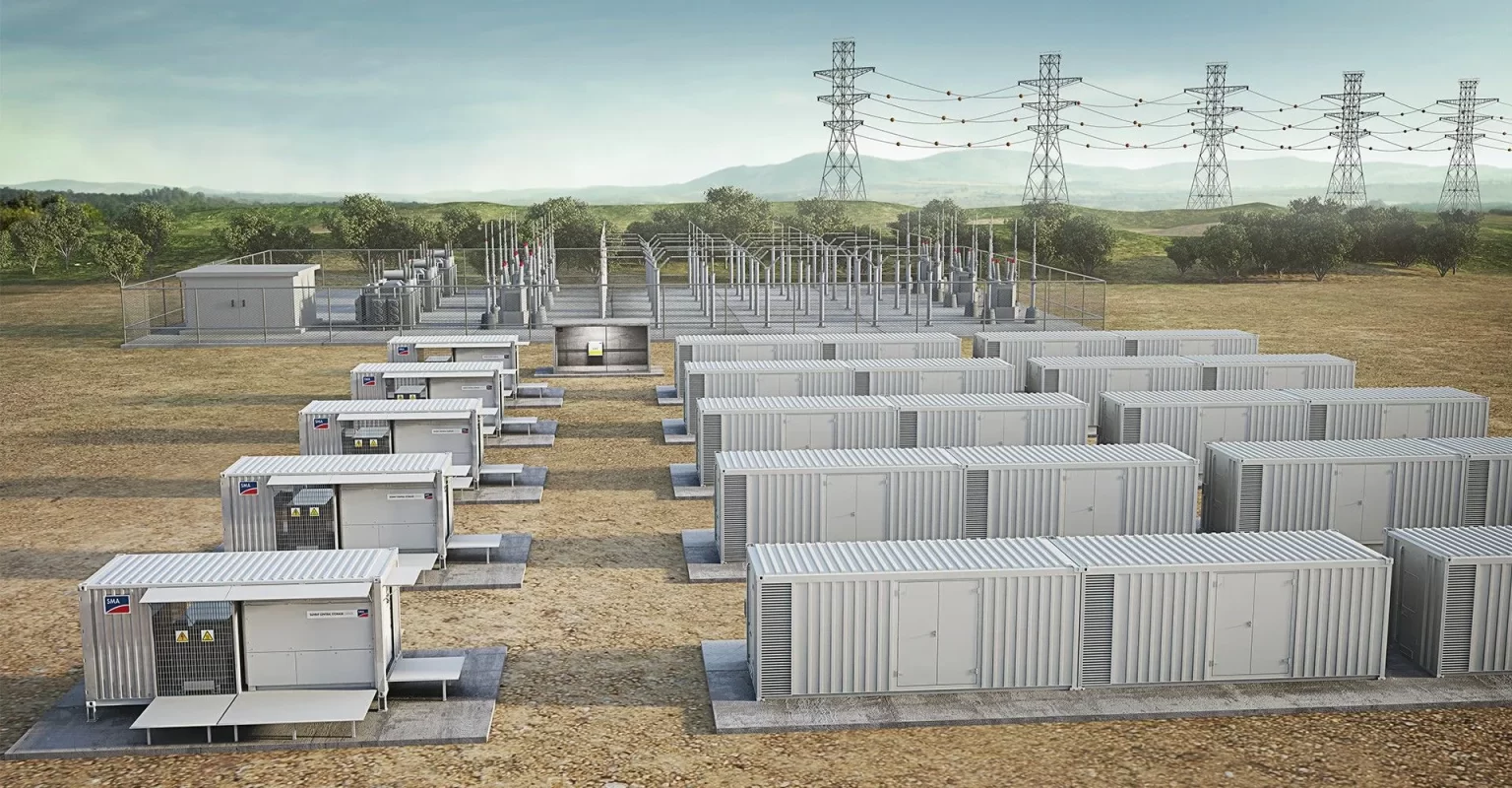
Key Benefits of Containerized Energy Storage Systems
Enhanced Grid Stability
a. Smoothing Power Supply: Containerized energy storage systems play a vital role in smoothing out fluctuations in power supply. They store excess energy generated during periods of low demand or high renewable energy production, such as sunny or windy days. This stored energy can then be released during peak demand periods or when renewable sources are not producing sufficient power. By balancing supply and demand, CESS help stabilize the grid and prevent outages.
b. Frequency Regulation: Maintaining a stable frequency is essential for the reliable operation of the grid. Containerized energy storage systems can provide frequency regulation services by rapidly charging or discharging to counteract deviations in grid frequency. This capability helps keep the grid frequency within its optimal range, thus enhancing overall stability.
Improved Grid Efficiency
a. Peak Shaving: CESS can reduce the load on the grid during peak hours by discharging stored energy when demand is high. This process, known as peak shaving, lowers the need for peaker plants, which are typically less efficient and more expensive to operate. By reducing reliance on these plants, CESS contribute to overall grid efficiency and cost savings.
b. Integration of Renewable Energy: One of the significant challenges of integrating renewable energy sources like solar and wind into the grid is their intermittent nature. Containerized energy storage systems help address this challenge by storing excess renewable energy when production exceeds demand and releasing it when production is low. This capability facilitates a higher penetration of renewable energy into the grid, thus enhancing its efficiency and reducing reliance on fossil fuels.
3.Cost-Effectiveness and Flexibility
a. Modular Design: The containerized design of these systems allows for easy scaling and adaptation. Additional units can be added as demand grows or as new projects are undertaken. This modular approach minimizes upfront capital expenditure and provides a cost-effective solution for both small and large-scale applications.
b. Rapid Deployment: Containerized systems can be deployed quickly compared to traditional energy storage solutions. This rapid deployment is particularly advantageous in emergency situations or in regions with urgent energy needs. The ease of transport and installation also means that these systems can be used in diverse locations, including remote and underserved areas.
4.Environmental Impact and Sustainability
a. Reduced Carbon Footprint: By enabling a greater use of renewable energy and reducing reliance on fossil fuels, containerized energy storage systems contribute to lower greenhouse gas emissions. They support a transition to a cleaner energy grid and help mitigate the environmental impact of energy production and consumption.
b. Efficient Use of Resources: Containerized systems are designed to be energy-efficient, with optimized performance to minimize energy loss. They also help extend the life of renewable energy installations by providing a buffer against supply variability, thereby enhancing the overall efficiency of energy resource use.
Case Studies and Real-World Applications
Several successful implementations of containerized energy storage systems demonstrate their effectiveness in enhancing grid stability and efficiency:
The Hornsdale Power Reserve in South Australia: This facility, one of the largest of its kind, uses containerized energy storage systems to provide grid stability and frequency regulation services. The installation has proven effective in stabilizing the grid and supporting the integration of renewable energy sources.
Tesla’s Powerpack Projects: Tesla’s Powerpack units, housed in containerized formats, have been deployed in various locations to support grid stability and energy storage. These projects showcase the flexibility and scalability of containerized energy storage solutions.
Conclusion
Containerized energy storage systems are revolutionizing energy management by enhancing grid stability and efficiency. Their ability to smooth power supply, regulate frequency, and integrate renewable energy makes them a valuable asset for modern grids. Additionally, their cost-effectiveness, flexibility, and positive environmental impact further underscore their importance in the pursuit of a sustainable energy future. As technology continues to advance, containerized energy storage systems are poised to play an increasingly crucial role in creating a more resilient and efficient energy grid.
Contact us
- Email:[email protected]
- Tel: +86 13651638099
- Address: 333 Fengcun Road, Fengxian District, Shanghai
Get A Quote Now!


